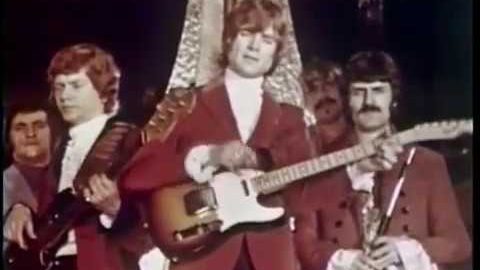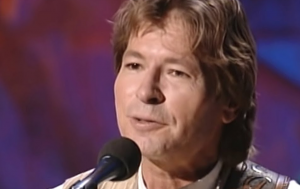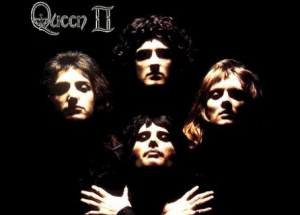The Real Meaning Behind The Moody Blues’ “Nights in White Satin”

via @Redbaron863 / Youtube
The Moody Blues, initially an R&B band, underwent a significant transformation with their 1967 album Days of Future Passed. This shift marked the departure of some original members and the introduction of guitarist/singer Justin Hayward and bassist/singer John Lodge.
Faced with a debt to their record label, the band embarked on a unique project, initially conceived as a demonstration record.
However, this project evolved into a concept album featuring a blend of rock songs and orchestrated pieces, with conductor Peter Knight joining forces with the band.
However, the album did not achieve great success at the start. It wasn’t until the track “Nights in White Satin” gained steady radio airplay that the album started climbing the charts.
The creation of “Nights in White Satin”
The birth of the iconic Moody Blues track occurred under unusual circumstances. Hayward, seated on the edge of his bed, strummed a 12-string guitar that once belonged to skiffle legend Lonnie Donegan.
The song’s lyrics and melody took shape late at night after a performance, inspired by a set of white satin sheets Hayward had received.
The intention for the album was to encapsulate a full day and night, with Hayward focusing on crafting a song that captured the essence of the nighttime.
Hence the poignant lyrics, “Nights in white satin never reaching the end / Letters I’ve written never meaning to send / Beauty I’d always missed with these eyes before / Just what the truth is I can’t say anymore / ‘Cause I love you / Yes, I love you / Oh, how I love you.”
From initial obscurity to chart-topping success
Upon its release in 1967, “Nights in White Satin” faced limited success, with a shortened version reaching No. 103 in the U.S.
However, five years later, amidst a changing musical landscape that embraced longer songs, the re-edited version soared to No. 2 on the Billboard Hot 100. The song’s deeply personal nature resonated with listeners, as Hayward emphasized its significance, stating that every note and word held personal meaning for him.
“It was a very personal song… and I found that a lot of other people have felt that very same way about it,” Hayward shared in an interview with Cleveland classic rock station WNCX.
Several artists have taken on renditions of “Nights in White Satin”, such as Sandra, Elkie Brooks, Juliane Werding, Eric Burdon, and the punk band The Dickies. The song’s influence even extended to the realm of entertainment attractions, with the former Hard Rock Park in Myrtle Beach, South Carolina, introducing a 3D/black light ride inspired by the song in 2008, aptly named Nights in White Satin: The Trip.
The mesmerizing Musical Tapestry of “Nights in White Satin”
The studio recording of “Nights in White Satin” features a distinctive big-room sound, with Ray Thomas’s flute playing a prominent role.
The band’s evolution from their earlier R&B style is evident, and the orchestration, added by Conductor Knight and The London Festival Orchestra, further enriched the composition. Notably, the mellotron played by Mike Pinder supplied much of the string sounds, showcasing the band’s innovative use of instrumentation.
Transforming from a simple set of satin sheets to a meticulously orchestrated masterpiece, “Nights in White Satin” has become a psychedelic gem within a larger musical tapestry. Hayward candidly shared his emotions, navigating the end of one love affair and the dawning of another, and these sentiments continue to resonate with audiences through the years.
Days of Future Passed transcends the conventions of standard pop music. With its incorporation of ballads, recitations, and orchestral interludes, it stands as a testament to The Moody Blues’ departure from the ordinary.












